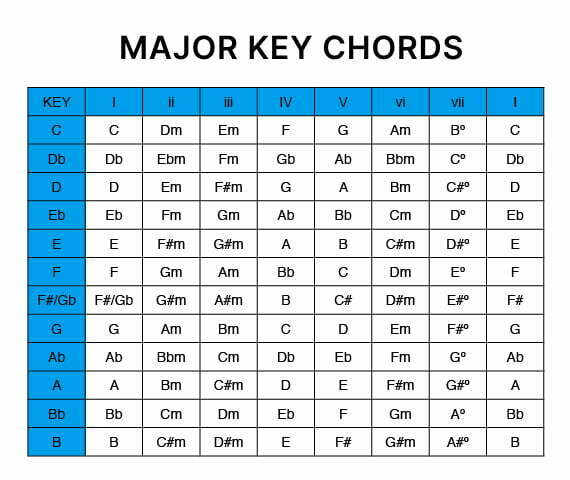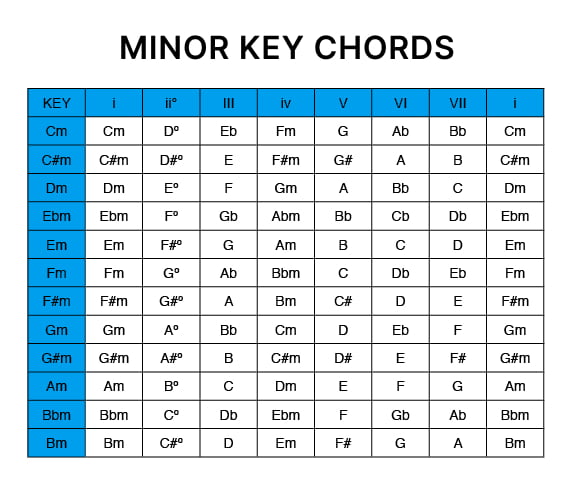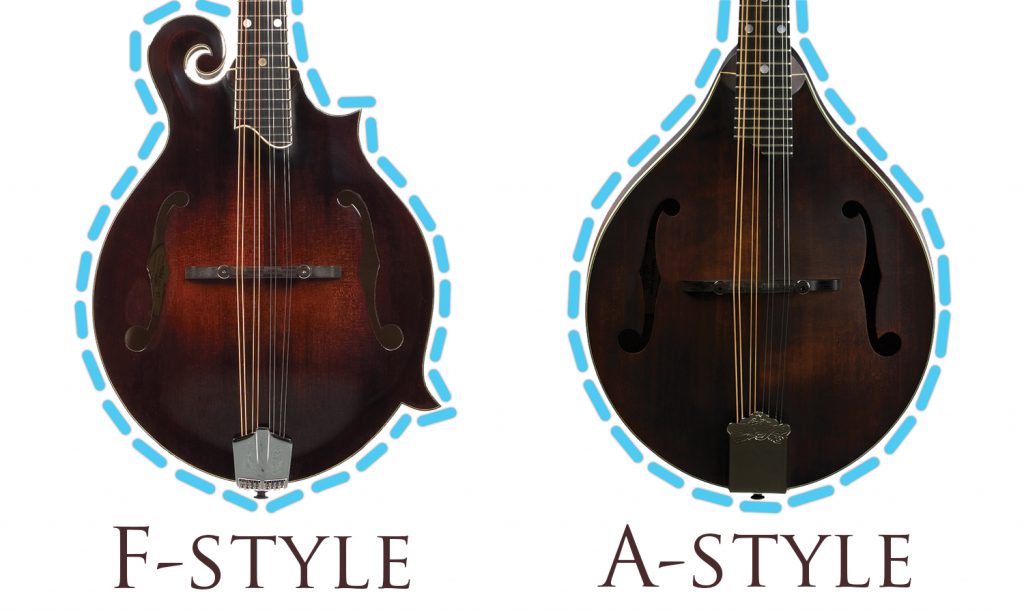Exploring the Difference Between Major and Minor Keys
Two of music theory's basic concepts are the minor and major keys. For musicians and composers who want to compose music that expresses both emotion and coherence, it is essential to understand these concepts. Keep reading to understand major and minor keys, the difference between them, the emotional impact of tonal centers, and the listener’s perception.
Major vs. Minor
A key is a set of notes and chords that create a tonal center or "home" note, known as the tonic. The tonic note provides a sense of stability and helps to establish the overall mood of a piece of music. The major and minor keys are two of the most common tonal centers used in Western music.
Major Keys: Bright and Uplifting
A major key is characterized by a major scale, which consists of seven notes separated by specific intervals. The intervals between the notes in a major scale create a sense of stability and harmony that is pleasing to the ear. Major keys are generally associated with bright, cheerful, and uplifting moods. Some examples of popular songs in major keys include "Happy" by Pharrell Williams, "Don't Stop Believin'" by Journey, and "I Want to Hold Your Hand" by The Beatles.

Check out the article Major vs. Minor Chords: What is the Difference? to learn more about major and minor chords, as well as explore the differences between these two types of chords.
Minor Keys: Dark and Somber
A minor key is characterized by a minor scale, which also consists of seven notes separated by specific intervals. However, the intervals between the notes in a minor scale create a sense of tension and dissonance that is less stable than the intervals in a major scale. Minor keys are generally associated with darker, sadder, and more somber moods. Some examples of popular songs in minor keys include "Yesterday" by The Beatles, "Someone Like You" by Adele, and "Everybody Hurts" by R.E.M.

Emotional Impact and Perception
Despite their differences, major and minor keys are closely related and often used together to create tension and release within a piece of music. Major keys tend to sound "bright" or "upbeat," while minor keys tend to sound "dark" or "moody." Major keys often convey a sense of celebration or joy, while minor ones often convey a sense of sadness or melancholy. Many songs and pieces of music will switch between major and minor keys to create a sense of contrast and emotional impact.
The emotional impact of these keys can be profound and can influence the way that people respond to a piece of music. For example, a song in a major key may sound "happy" or "optimistic," while a song in a minor key may sound "sad" or "melancholy." This perception can influence the way that listeners interpret the lyrics or overall mood of the song. Major and minor keys can also be used to evoke specific cultural associations or musical traditions.
Conclusion
In conclusion, understanding the difference between minor and major keys is essential for any musician or composer. These tonal centers provide the foundation for creating expressive and coherent music that can evoke a wide range of emotions and perceptions in listeners. Whether you are a seasoned professional or just starting out, mastering the use of these two keys is a crucial step in developing your musical voice and style.








